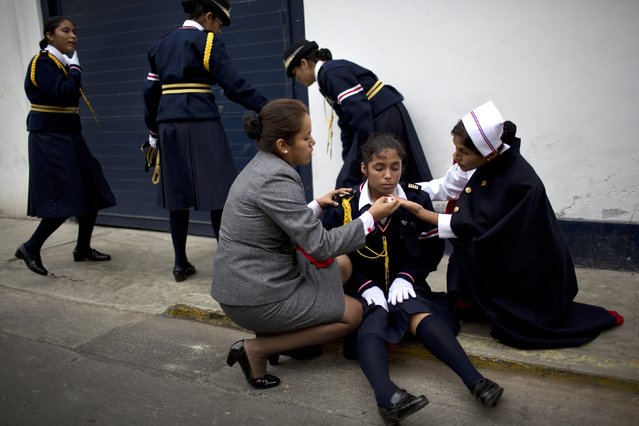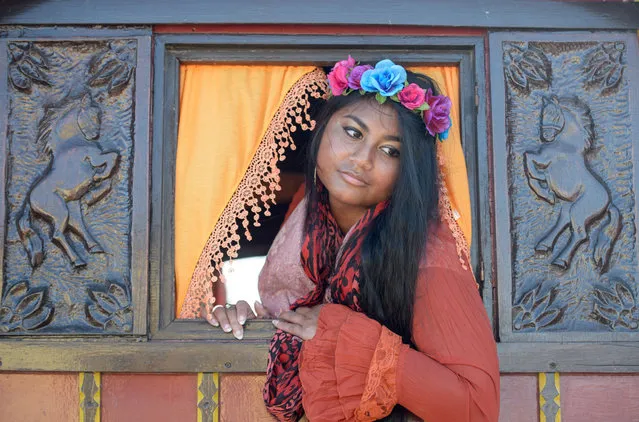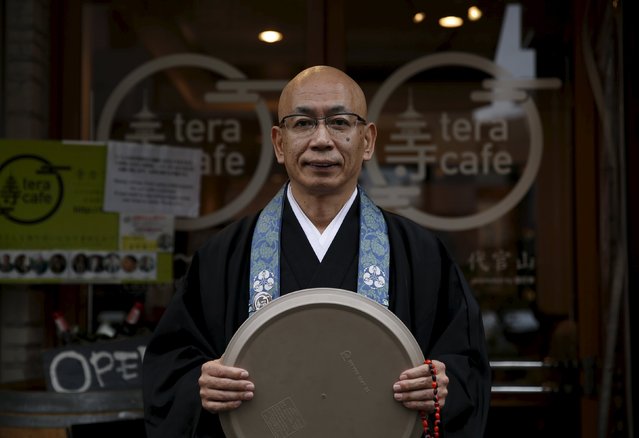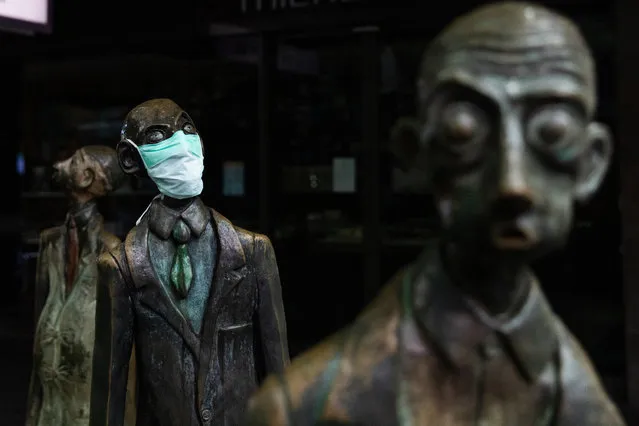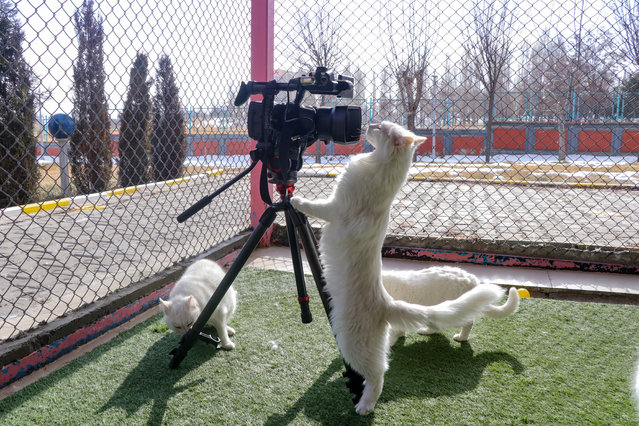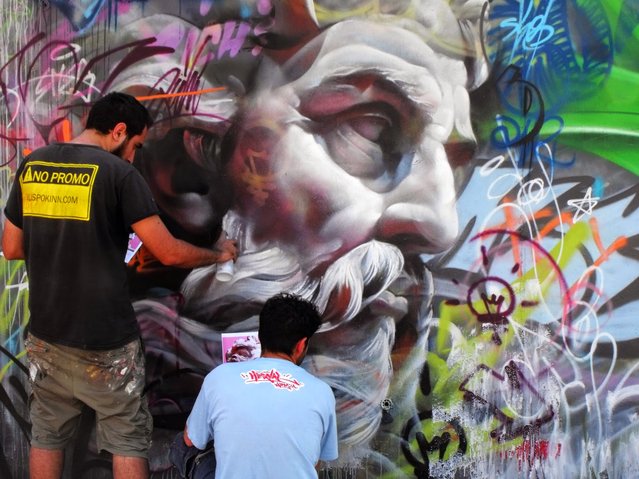
Pichi & Avo just sent us a series of pictures from their newest street piece for Mislatas representan 2014 in Valencia, Spain. The Spanish duo quickly painted this amazing street piece which is showing an hyper-realistic greek statue against a graffiti background that really pops. Pichi & Avo are now off to Lisbon, Portugal to work their magic on another mural. Hit the jump for more images on this artwork and then check back with us soon for more updates from Spain.
20 Mar 2015 08:12:00,post received
0 comments


